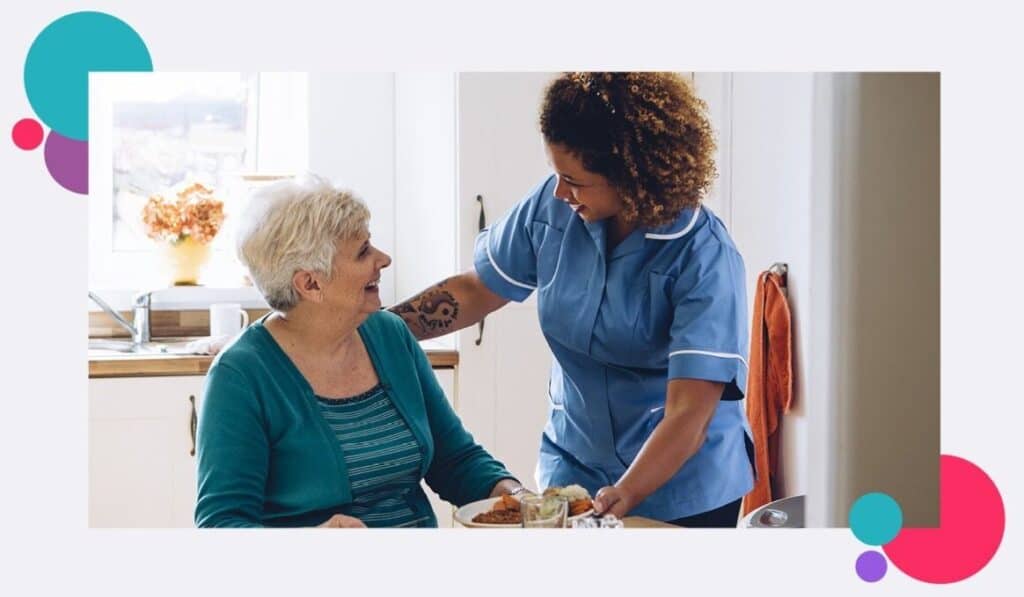
The social care sector employs a vast amount of lone workers in the UK. Whether working in care homes, community settings, or in the homes of their service users, care workers will often spend some or all of their workday alone, or in small teams.
Over 1.6 million people work in the adult social care sector in the UK (according to 2021 figures), many of whom spend much of their time working alone. What’s more, with an ageing population, this number is only predicted to grow.
A lone worker is someone who works out of sight or earshot of their colleagues for some or all of their day. Lone working, by its nature, can increase the risk of serious injury, by lowering levels of oversight and increasing response times to potential emergencies.
On top of the innate risks of working alone, care staff often have to contend with long and unsociable hours, as well as unpredictable settings. What’s more, many care workers work with clients who can react in unpredictable and even aggressive ways.
Indeed, care staff face some of the highest rates of in-work violence, illness and accidental injury, as well as high levels of stress, depression and anxiety, in any sector.
In this article we’ll look at the risks of working alone in social care, and what can be done about it.
Care workers are at a high risk of physical and mental ill-health. As reported by Safepoint, a health and social care worker in the UK is physically attacked every 30 minutes.
The risk of aggression, as well as time pressures and other factors, has led to health and social care being rated the ‘most stressful’ industry by The Office Group.
What’s more, these issues don’t seem to be going away. Even before the devastating effects of COVID came into effect, Amyas Morse, head of the National Audit Office said, “pressures and demands on the health and social care systems are increasing.” With the effects of a pandemic and subsequent cost of living crisis, those pressures will only increase.
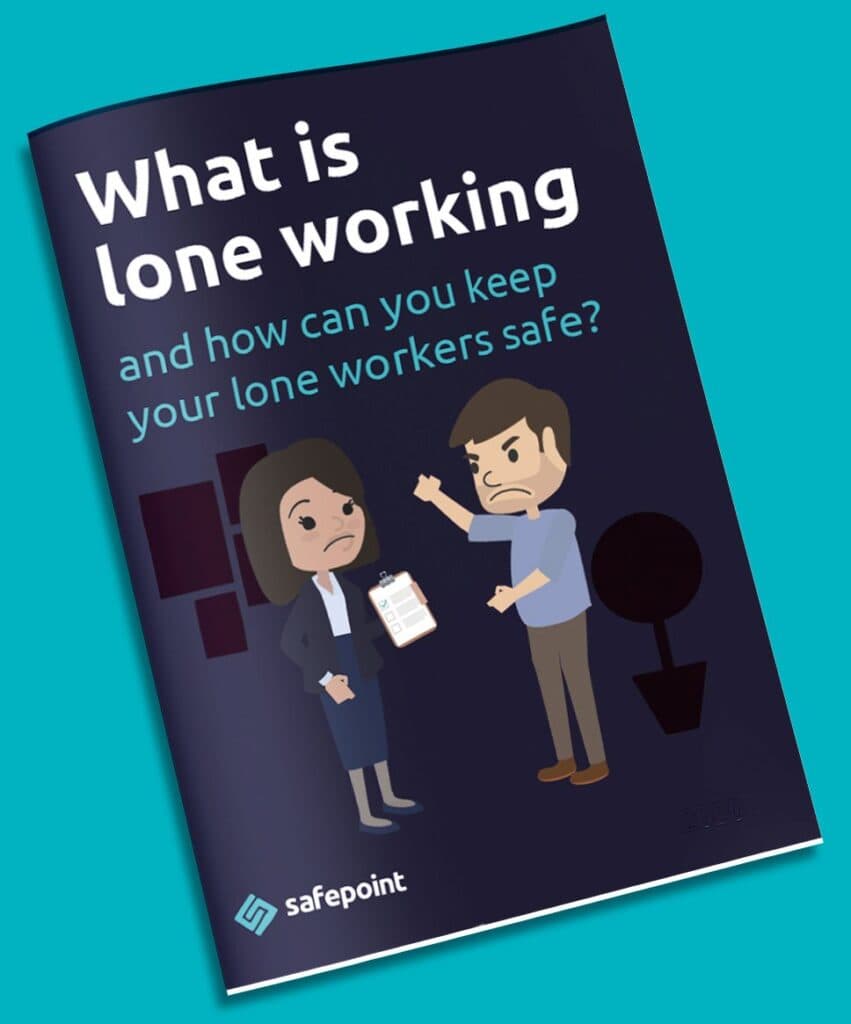
In such a highly pressured industry, lone working carers need a high level of support, training and smart tools to help them deliver great social care. As a social care employer, it is your responsibility not only to protect your service users but your staff too.
Lone workers are a huge part of the social care sector, with many social care employees working alone with vulnerable service users for extended periods of time. As an employer, you need to provide sufficient protection and safeguards so your staff can work safely and effectively.
Taking responsibility for the safety and well-being of your lone working social care employees is part of taking responsibility for your service users and all of the people you reach with your social care organisation.
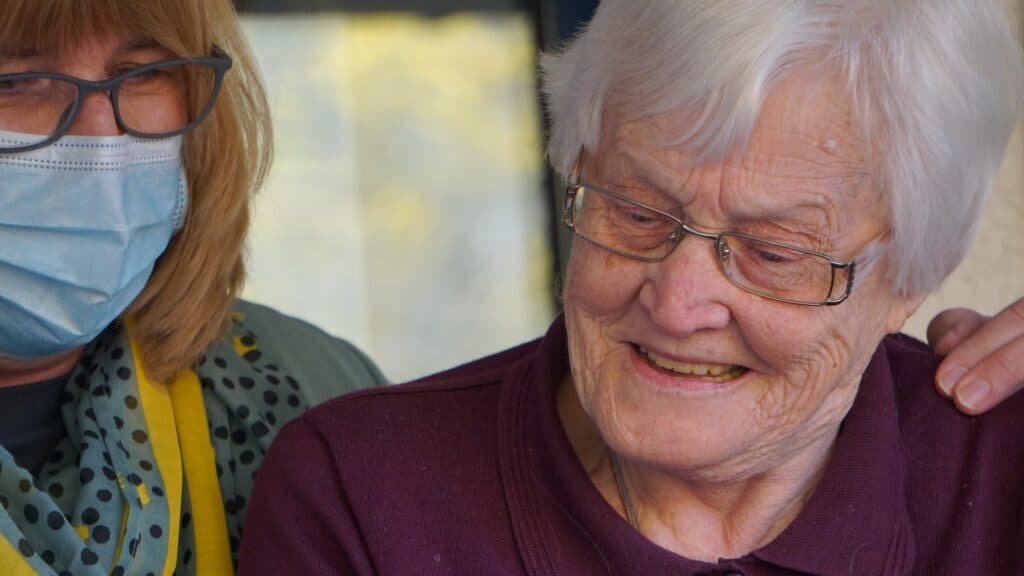
Aggression, violence and injury not only hurt care workers, but also the industry that they work in. Those that employ care workers, particularly if they’re working alone, need to provide a safe working environment. This can lower the rates of injury, litigation, and turnover.
To help you protect your lone working carers, we have summarised requirements from the government’s Health and Safety Executive (HSE):
If a care worker is in an emergency situation, it might be difficult for them to call for help. Unfortunately, low-fi solutions, such as yelling out, or using a walkie-talkie or mobile phone, present many problems (which we discuss in this helpful article).
Luckily, we provide an affordable yet robust, automated lone worker solution.
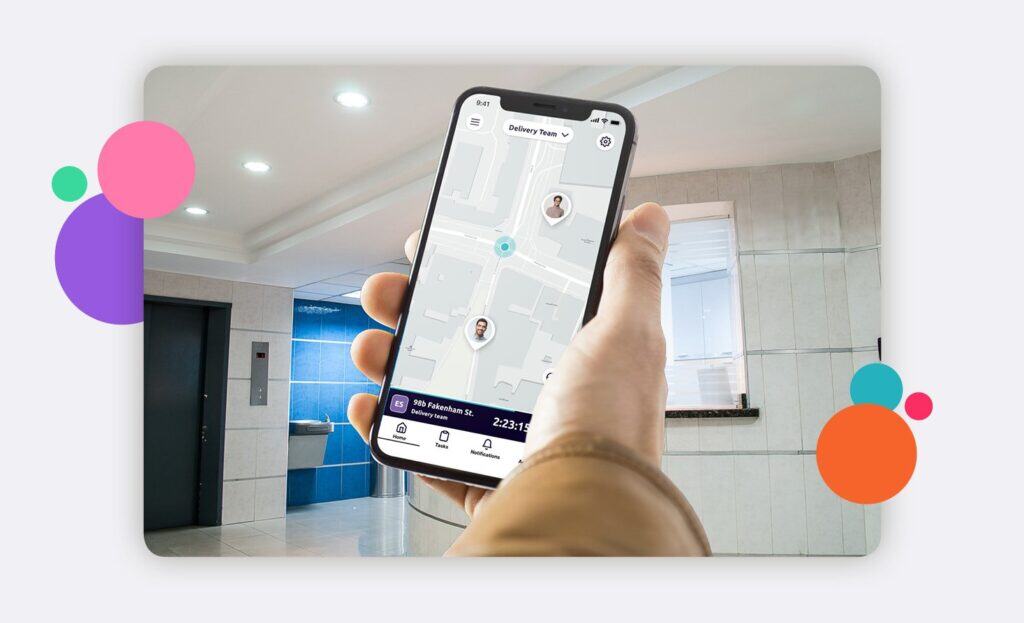
Safepoint provides award-winning lone working solutions for care workers and many other industries across the UK and abroad.
When care workers are equipped with Safepoint’s apps and wearable panic alarms, they can set up timed, GPS-tracked ‘tasks’ (such as ‘Visiting Mr. Peters – 2hrs’).
If the worker runs into trouble, they can tap a button on their phone or wearable alert button and an alert will be sent out (along with their live location). An alert will also automatically be sent out if a user takes a fall or is unresponsive.
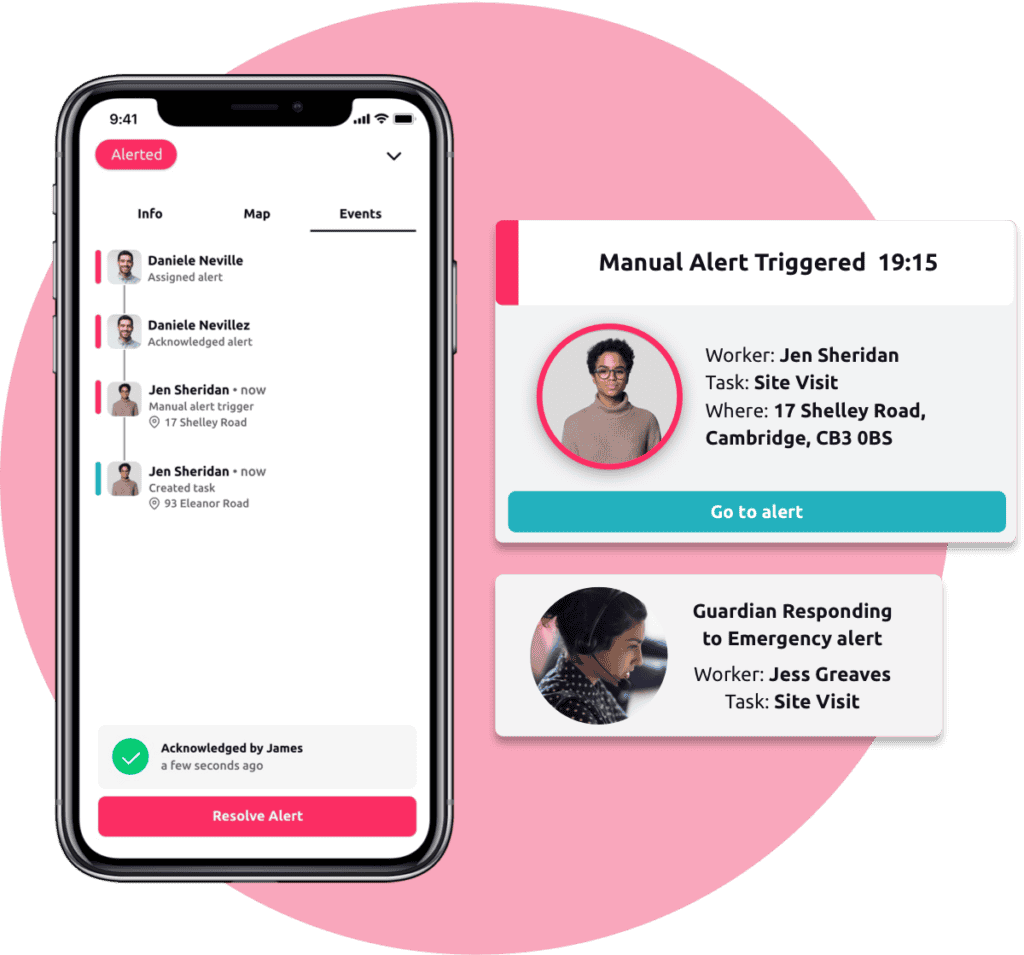
With Safepoint, care organisations can supervise their whole team through the Safepoint Portal – where they can see alerts, live locations, status updates, team analytics and more.
What’s more, with Safepoint’s 24/7 GuardianPlus service, your team’s safety can be monitored day and night by an accredited team of expert responders. These emergency response professionals, working out of a dedicated Alarm Receiving Centre, will handle any emergency –from first response, to escalation management, to liaising with the emergency services.
All sorts of businesses rely on Safepoint’s lone worker solutions and 24/7 Alarm Receiving Centre to keep their staff protected and organised. Some social care organisations that use Safepoint include:


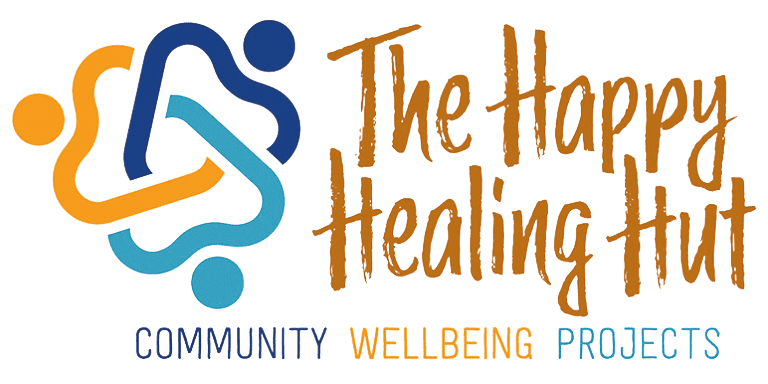
Award-winning safety management tools and a fully accredited response team.